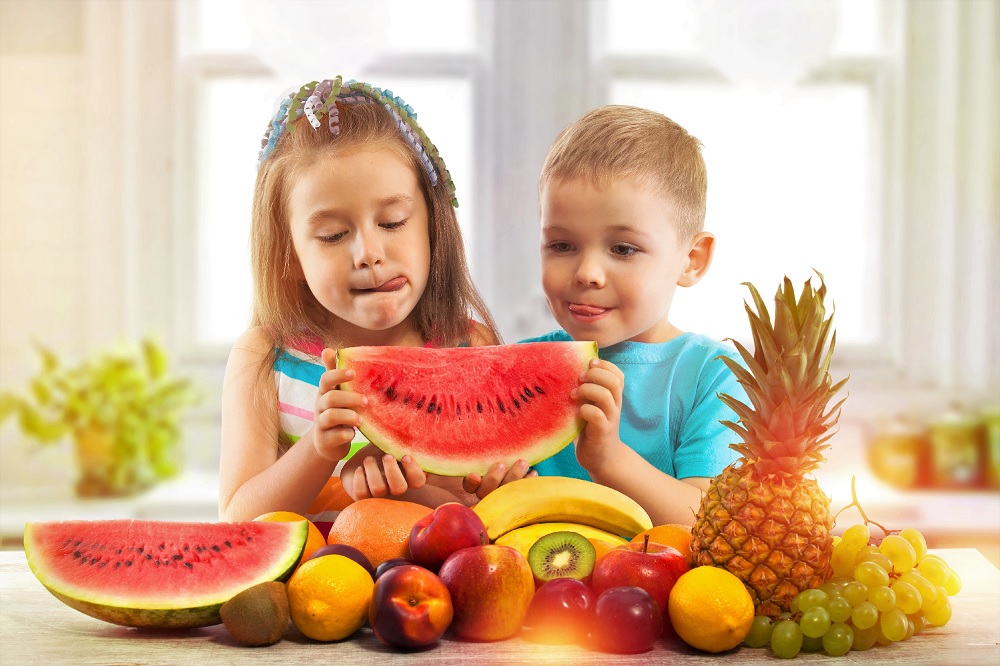
Healthy food porn – Using strategies from the snack world to create healthy cravings
People don’t crave healthy foods like they crave unhealthy foods. The ubiquitous advertising for unhealthy snacks contributes to the overweight and obesity epidemic, which might be reduced through healthier diets. A study in Media Psychology examines the influence of sensory appeals on attention, emotion and memory for healthy foods. The results show that people recognize, pay attention to and like healthy foods better when they are portrayed as ripe, tasty and enjoyable.
Take aways
- Food porn is a popular strategy to promote snacks and unhealthy foods. The working ingredients of this technique can also be used to stimulate the consumption of healthy foods among youngsters.
- Healthy food porn — portraying fruits and vegetables as ripe and enjoyable to eat — can make healthy foods more appealing and memorable. This is the first important step in actually making healthy choices.
- If you want youngsters to remember the healthy foods you are promoting, using a combination of text and images to emphasize that healthy foods are tasty and enjoyable to eat is most effective.
Study information
Who?
Study 1: 58 adolescents (mean age: 15, age range: 12-18, 54% female)
Study 2: 165 adolescents (mean age: 14, age range: 12-18, 53% female)
Where?
The Netherlands
How?
This study was part of the MyMovez project, which was funded by the European Research Council.
In the first study, participants selected the images they wanted to see the most on a website by clicking on small icons to enlarge to full-screen. The images depicted youth consuming healthy fruit and vegetables, which differed in how ripe they were and how much the youngsters enjoyed consuming them. After viewing each image, the youngsters rated their emotional responses.
In the second study, an ‘eyetracker’ recorded where participants visually focused on while they viewed the images. The images depicted ripe and less ripe foods and people enjoying them more or less, like in the first study. But this time, text messages emphasized the enjoyment of food consumption (‘finger-licking good’), the nutritional value of it (‘all necessary vitamins’) or nothing (no text message). After viewing all images, participants completed a direct recognition test.
Facts and findings
- Participants selected images that depicted people enjoying healthy foods more often as their first choices, and they felt more positive and aroused after seeing these images.
- Participants were more likely to choose, to look longer at, and to recognize images with appealing (ripe and tasty) healthy foods than images with less appealing healthy foods.
- When the image was accompanied by a text message emphasizing an enjoyable consumption of healthy foods, participants looked longer at the foods than when a nutritional text message was used.
- Participants recognized images best when an image of appealing healthy food was accompanied by a text message emphasizing enjoyment and taste. So, although it took more processing effort, using a combination of image and text to emphasize the pleasurability and enjoyability of healthy foods was the most effective strategy.